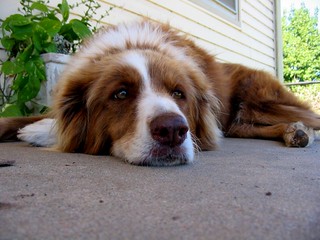 Now this isn’t an article about the occasionally bout of diarrhea or the garbage eating dog. For that kind of thing see Natural solutions to treat acute diarrhea.
Now this isn’t an article about the occasionally bout of diarrhea or the garbage eating dog. For that kind of thing see Natural solutions to treat acute diarrhea.
This is for those of you with dogs that always have runny stool, for those people who have spent hours talking poo with their vets, for those who have been up evenings comforting a dog with an upset bloated tummy. Do you think more about poo then you ever imagined you could, know the exact shade of brown/yellow that your dog’s was this morning, check the back yard for evidence of what has happened while you were away?
If you know what I am talking about please read on and hopefully I can offer some help. This is not always an easy problem to treat but there is hope!
There are a number of syndromes that can cause chronic diarrhea and stomach upset is veterinary medicine. The one thing I see more than anything is the term IBD and IBS used interchangeably. There is a thought that they may be different sides of the same coin, IBD being a more serious form of IBS, however generally we consider them to be different diseases. With both there may be a food allergy component that can make things worse or their may not be.
So what is the difference?
IBD – inflammatory bowel disease. This is an immune mediated disease aka autoimmune. The animal’s immune system is attacking the gut wall and causing inflammation. If you biopsy the gut you will see inflammatory changes. People will often see blood in their dogs stool with this disease, many times these animals will be very sick and there is often a nausea component with this disease. There can be a fairly severe pain component with this disease. There is also often weight loss and or loss of appetite. If gut inflammation is severe there can be a loss of protein from the body that can in excess be fatal. This can be checked on blood work. This disease is commonly treated with steroids.
IBS – irritative bowel syndrome. This disease is milder than IBD. These animals will often rotate between bouts of constipation and diarrhea and may have bloating and pain in their abdomen. If you biopsy the gut of these animals it will look pretty normal. These animals will not have gut damage that results in a low protein level. It is thought that this is more of a nerve mediated disease involving abnormal gut motility. Stress can very much make this syndrome worse.
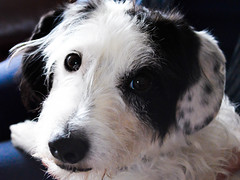 Another disease that can look very similar is chronic pancreatitis. In this disease the pancreas has chronic inflammation which can manifest with all the symptoms of IBD or IBS however biopsy of the gut will often be normal. I test called a PLI/TLI can help diagnose this disease and sometimes pancreatic inflammation can be seen on an ultrasound.
Another disease that can look very similar is chronic pancreatitis. In this disease the pancreas has chronic inflammation which can manifest with all the symptoms of IBD or IBS however biopsy of the gut will often be normal. I test called a PLI/TLI can help diagnose this disease and sometimes pancreatic inflammation can be seen on an ultrasound.
In Chinese medicine you do not need a biopsy or even test results to treat these diseases. However, if you have not done basic blood work and a parasite check including for giardia, please do so before going any further. There are many very serious diseases such as kidney or liver failure that can manifest with gut signs. Parasites that are not treated can be extremely harmful. Low protein can be a serious condition. In addition some forms of cancer can cause similar symptoms. If you have not been to a veterinarian for a full work up please make sure to do so to rule out any illness that needs to be addressed immediately.
There are a lot of drugs that are commonly used to treat the causes of chronic diarrhea including metronitazole, Tylosin, Cerenia, Famotidine, prednisone, and many more. There are many articles that mention these treatments so I will not go into details about them. In my practice many of the animals who come to me are already on some of these drugs. I usually make changes and add in treatments and then work with the animal’s western veterinarian to discontinue western treatments only after we get the dog feeling better.
In treating chronic diarrhea in dogs it is very important to look at the patient as a whole. In Chinese and holistic medicine the main focus is on balancing the dog’s body for lasting health. I do this through four different holistic approaches.
- Diet
Diet is extremely important for these guys. We want a food that has vitality and is anti-inflammatory. You are what you eat! A lot of these dogs will do very well on a raw diet however if they have had damaged digestion for a long time or have been on kibble the transition can some times be too great all at once. I usually move them to a canned, homemade or dehydrated raw first. In addition sometimes there is a food allergy component to their disease. Sometimes I can get a feel for if there is an allergy when I am doing the initial interview. For example if the dog has periods of normal digestion usually it is not a food allergy. If they are always sick or always have diarrhea it has to go higher on my list. Sometimes owners will also notice that there are certain foods that they have more problems on or they will show other signs of allergy when they eat certain foods (like itching).
If there is not evidence of allergy I usually start out assuming there isn’t. If symptoms fail to improve I then explore food allergy later on. To determine a food allergy you usually need to feed a single protein for 4-6 weeks that they have never had in their diet before such as buffalo, rabbit or venision.
Here is where I start
- Home cooked diets. A simple home cooked diet is cooked chicken/turkey with sweet potato/yams/pumpkin 70% meat:30% yam. The yam or sweet potato can be canned just make sure it does not have added sugar. If your dog stays on this for more than a few weeks I recommend adding in a calcium supplement. I also recommend adding in the green vitamineral powder I’ll talk about later. After they have been on the simple diet for a month start adding in vegetables one at a time and then giving a variety of vegetables on a regular basis. There may be some vegetables they can eat and some they can’t – go slow with new additions.
But I don’t have time to cook for myself let alone my dog!
Yep got it! Here is some options if you don’t want to cook.
- Honest Kitchen makes a dehydrated raw that I have found works well – I recommend Force

or Embark .
.
- If you are in the Seattle area, Natural Pet Pantry makes a cooked stew available at their stores in Burien and Kirkland. It is also available at All the Best Pet Stores.
- I have also had good success with some of Merrick’s canned food such as
Thanksgiving Day Dinner  .
.

- If your dog has been eating a canned food, home cooked or dehydrated raw you may be able to switch over to a raw diet. I really like Darwin’s line of raw food. If you are in Seattle Pet Pantry also has a great raw line. If you are out of state also check out Small Batch, Nature’s Variety, and Primal. My preference is for frozen raws over freeze dried. Make sure you start out slowly and cook the food for at least the first week.
- As most of you know who read my blog, I am not a supplement person. However this is a supplement that I really like and diarrhea is a disease I like to use it for. This Healthforce Vitamineral Green Powder
 not only is full of good nutrients but also probiotics and digestive enzymes. I find it can really help with digestive issues and highly recommend it for my dogs with diarrhea and absorption issues. If you don’t use this product I recommend using another good quality probiotic.
not only is full of good nutrients but also probiotics and digestive enzymes. I find it can really help with digestive issues and highly recommend it for my dogs with diarrhea and absorption issues. If you don’t use this product I recommend using another good quality probiotic.
- Herbal formulas – Ok now we are getting to the part of this I love! I have been so impressed at what these herbal formulas can do.
- To begin with – I almost always start out dogs with chronic diarrhea on a formula I make called Zhi Xie San. I learned about this formula from my acupuncture teacher Richard Panzer and boy does it work well. The majority of dogs I use it in have a positive response. It helps firm up the stool and helps with intestinal inflammation. Most dogs tolerate it well mixed in with their food. I try not to self promote but I don’t know anyone who makes it besides my Kingdom of Basil herbal shop. I’m happy to pass on the recipe to any herbal pharmacy or your veterinarian.
Usually this formula can help these dogs but often I need other formulas to get to the underlying issues of disease. I use Zhi Xie San and then usually add in one of the following four formulas. If at all possible consult with a holistic vet to find out if these formulas are right for your dog. If your dog is on other medication please check with your vet before starting anything new.
- Xiao Chai Hu Tang – this formula is often best for dogs with more upper gastric symptoms such as nausea and bloating and tummy gurgling. It can also help with pain in the abdomen. I rarely use this formula for dogs under five years old. These dogs tend to often have some anxiety.
- Xiao Yao San with or without He Huan Pi is one of my favorite formulas for chronic gastrointestinal issues. It works best for dogs that have worsening of symptoms when they are stressed. It is also good for dogs who have a human who is very stressed or anxious. These dogs can also have stomach pain and can experience nausea and or diarrhea and sometimes constipation. I often add an herb called He Huan Pi to this formula which helps stress in the household from effecting the dog.
- Si Miao San – This formula works well for dogs with lots of inflammation. Their stool often times has mucous in it and can be yellow in color. It is often smelly. They also may vomit up yellow bile. They may have other inflammatory disease such as skin or ears issues. They are sometimes overweight but never underweight.
- Eight Treasures – This formula is good for the dog who is too thin and can not keep weight on. In older dogs this is one of the first formulas I reach for. This formula helps support digestion and is an overall qi and blood tonic.
In addition here are a few treatments that I use as needed to treat symptoms
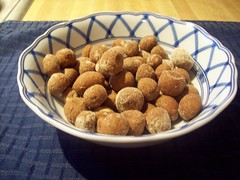 Marshmellow/slippery elm balls – I love to roll little balls made from a 50:50% combo of ground marshmallow and slippery elm powder with a little honey. These two herbs help with inflammation in the gastrointestinal tract. The honey is anti-microbial and soothing and support digestion. This can be used in any animal especially if there is nausea or upset tummy and can help with diarrhea. You can buy these powders from herb companies like Mountain Rose Herbs or in mixed together from Kingdom of Basil. You will need to mix with honey yourself. I recommend a raw local honey if possible.
Marshmellow/slippery elm balls – I love to roll little balls made from a 50:50% combo of ground marshmallow and slippery elm powder with a little honey. These two herbs help with inflammation in the gastrointestinal tract. The honey is anti-microbial and soothing and support digestion. This can be used in any animal especially if there is nausea or upset tummy and can help with diarrhea. You can buy these powders from herb companies like Mountain Rose Herbs or in mixed together from Kingdom of Basil. You will need to mix with honey yourself. I recommend a raw local honey if possible.- Phytomucil
 is a tincture made by Animal Apawthecary that contains both marshmallow and slippery elm plus other gut soothing ingredients. It is a liquid that can be given easily for any digestive upset and does not have to be mixed with food.
is a tincture made by Animal Apawthecary that contains both marshmallow and slippery elm plus other gut soothing ingredients. It is a liquid that can be given easily for any digestive upset and does not have to be mixed with food.
- Last but not at all the least of treatments is acupuncture. I find acupuncture really can help with these chronic digestive diseases. I highly, highly recommend finding someone in your area to work with who is a veterinary acupuncturist. Many of these folks will also have herbal knowledge and can help direct you to help with diet as well
Wishing you solid poo and happy tummies!
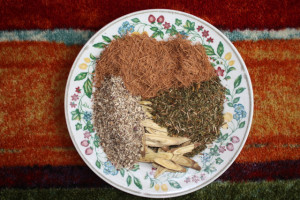 Here’s a neat little formula for supporting young dogs with papilloma virus outbreaks.
Here’s a neat little formula for supporting young dogs with papilloma virus outbreaks. 
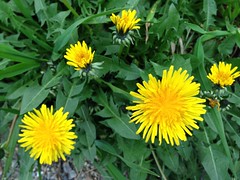




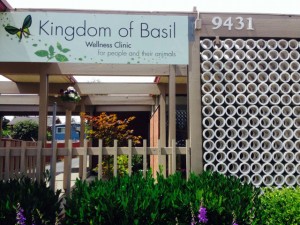


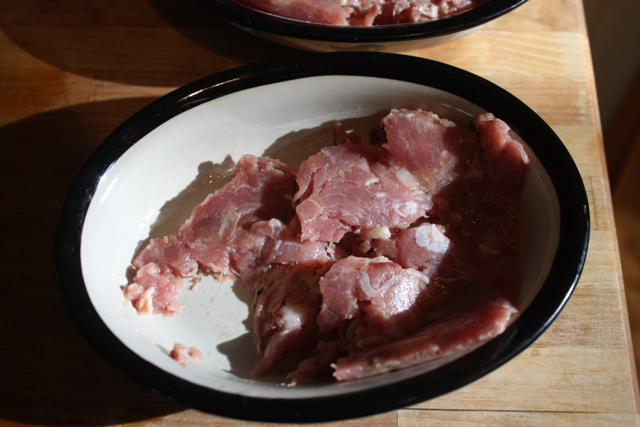
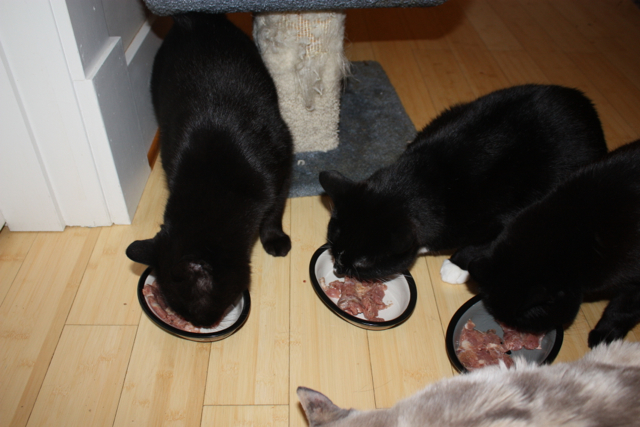
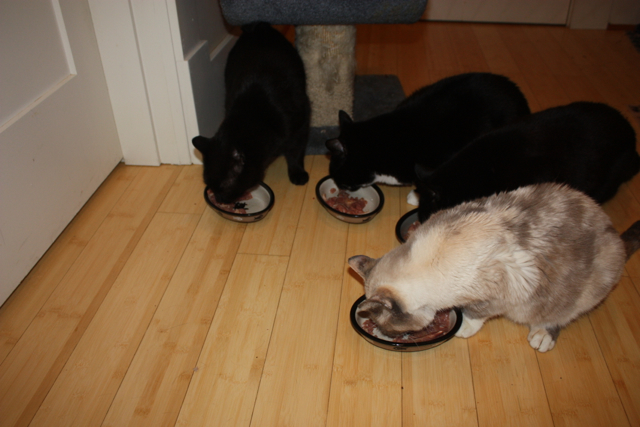
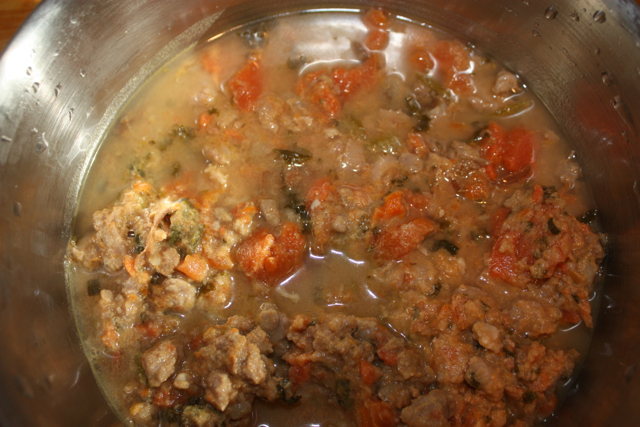
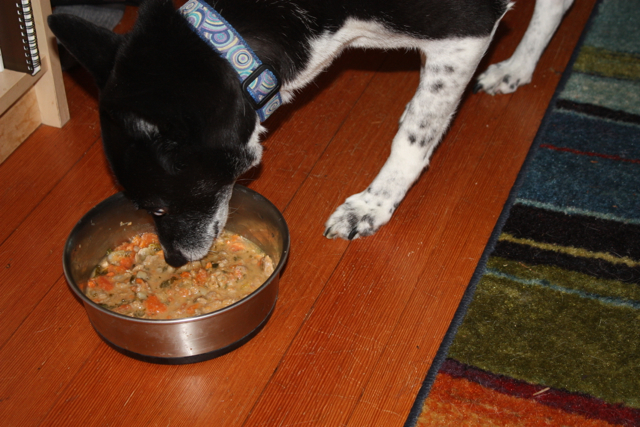
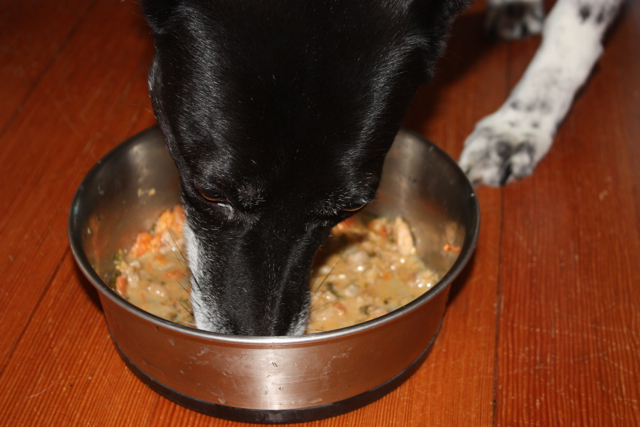
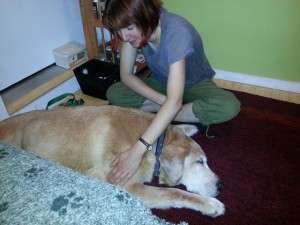 I hold no special magic that others can’t have. I do write a lot, I try to write articles that others can follow and that give good solid information. There are many vets out there that do what I do and do it well but don’t write articles. I don’t know them all. Many of them don’t know me.
I hold no special magic that others can’t have. I do write a lot, I try to write articles that others can follow and that give good solid information. There are many vets out there that do what I do and do it well but don’t write articles. I don’t know them all. Many of them don’t know me.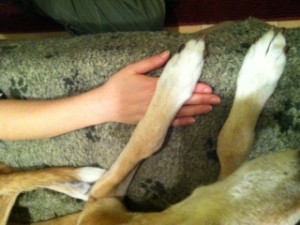 I know this article doesn’t help animals. It helps me. I have tried in so many ways to express this to everyone who asks for help. I can’t type it any more. Thank you for listening.
I know this article doesn’t help animals. It helps me. I have tried in so many ways to express this to everyone who asks for help. I can’t type it any more. Thank you for listening.


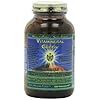


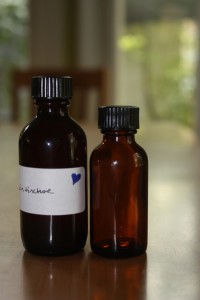 My cat clients have long had the benefit of being able to use my specially made herbal tinctures. For the first time they are now available on etsy! While any of my herbal mixes can be made into a tea for the kitties, the tinctures come made to give. All my tinctures are made with love and with glycerin instead of alcohol so they are not too strong on the tongue. I can’t say that cats like my tinctures because they do still have a herbal taste and let’s face it, cats don’t like anything that is put in their mouths by someone else. However, they go down easier than most of the medications out there.
My cat clients have long had the benefit of being able to use my specially made herbal tinctures. For the first time they are now available on etsy! While any of my herbal mixes can be made into a tea for the kitties, the tinctures come made to give. All my tinctures are made with love and with glycerin instead of alcohol so they are not too strong on the tongue. I can’t say that cats like my tinctures because they do still have a herbal taste and let’s face it, cats don’t like anything that is put in their mouths by someone else. However, they go down easier than most of the medications out there.